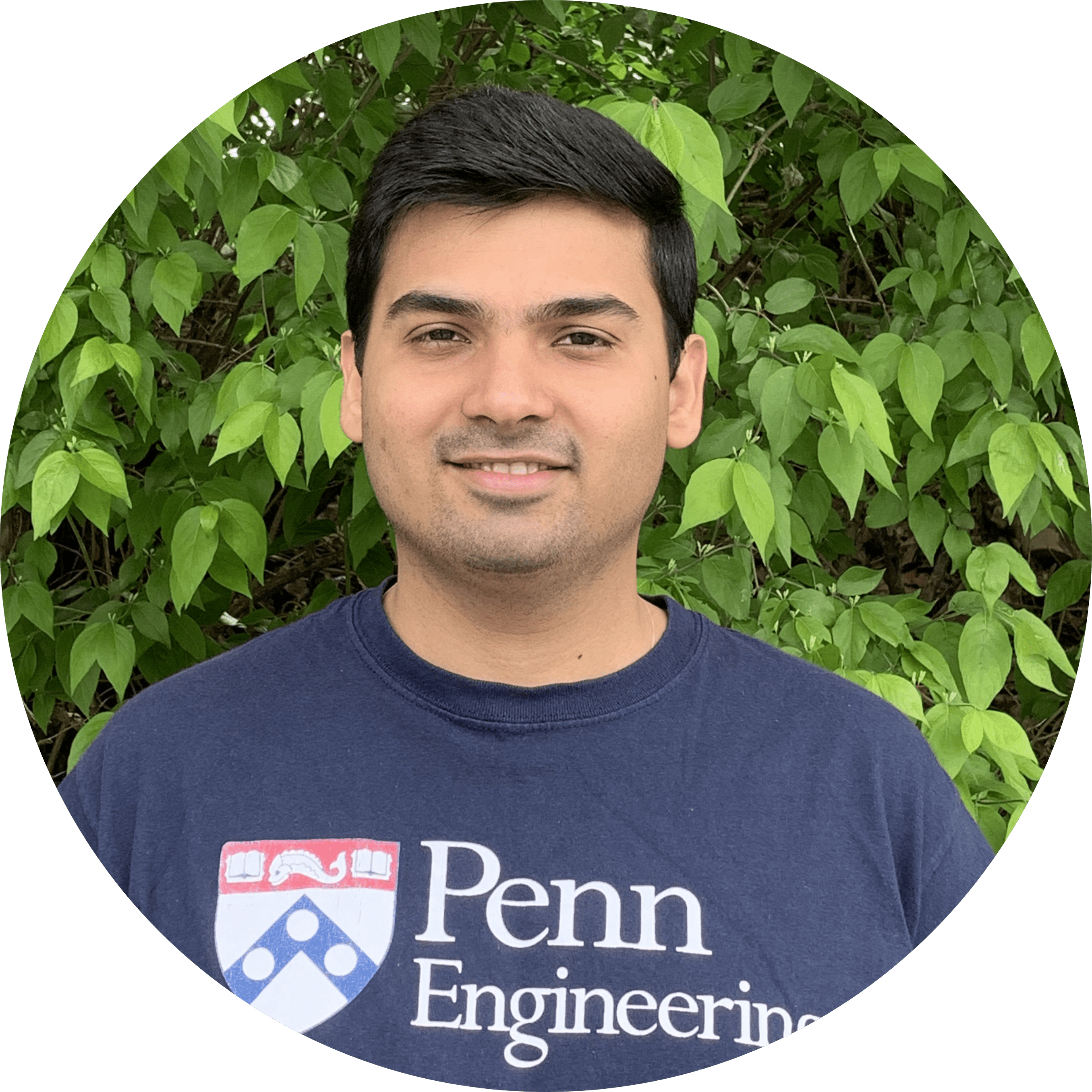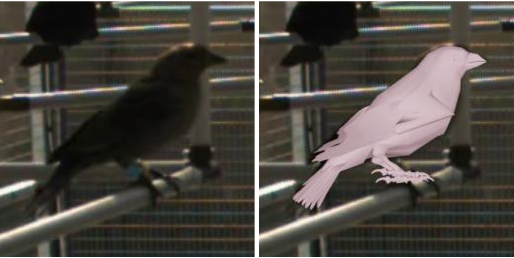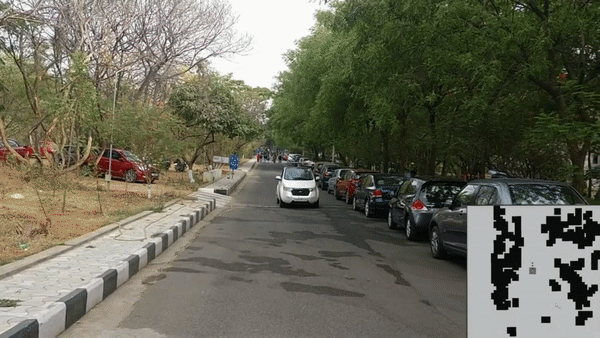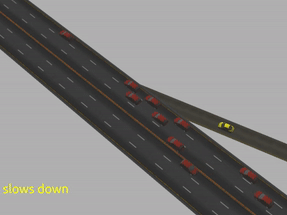|
Hello! I'm a Researcher at NEC Laboratories America Inc. in the Media Analytics department. My primary interests encompass the exciting intersection of robotics, computer vision, and machine learning. Lately, I've been focused on solving specific challenges, such as 3D Scene Understanding, Prediction, and Planning, all geared towards enhancing Autonomous Driving applications. Before joining NEC Labs, I pursued my graduate studies at the University of Pennsylvania in the Electrical and Systems Engineering department. During this time, I had the privilege of working as a graduate researcher at the GRASP lab under the guidance of Dr. Kostas Daniilidis. Here, I contributed to the Smart Aviary Project, where we tackled intricate problems related to multi-view geometry, 3D pose/shape estimation, as well as tracking and re-identification. Prior to my master's journey, I gained valuable experience as a Research Assistant at the Robotics Research Center, IIIT-Hyderabad. Here, I delved into problems surrounding motion planning and control for level-3 autonomous driving vehicles. My academic journey began with a Bachelor's in Electrical Engineering from S. V. National Institute of Technology, India. Email / Resume / LinkedIn / GitHub / Google Scholar |

|

|
Marc Badger, Yufu Wang, Adarsh Modh, Ammon Perkes, Nikos Kolotouros, Bernd Pfrommer, Marc Schmidt, Kostas Daniilidis European Conference on Computer Vision (ECCV), 2020 arXiv / project page / bibtex We introduce a model and multi-view optimization approach, which we use to capture the unique shape and pose space displayed by live birds. We then introduce a pipeline and experiments for keypoint, mask, pose, and shape regression that recovers accurate avian postures from single views. |

|
Adarsh Modh, Siddharth Singh, A. V. S. Sai Bhargav Kumar , Sriram N. N. , K. Madhava Krishna Proceedings of the Advances in Robotics 2019 arXiv / project page / bibtex In this paper, we present a novel control law for longitudinal speed control of autonomous vehicles. The key contributions of the proposed work include the design of a control law that reactively integrates the longitudinal surface gradient of the road into its operation. |

|
A. V. S. Sai Bhargav Kumar , Adarsh Modh, Mithun Babu ,Bharath Gopalakrishnan , K. Madhava Krishna IEEE Intelligent Vehicles Symposium (IV) 2018 project page / bibtex In this paper, we present a motion planning framework for autonomous vehicles to perform merge maneuver in dense traffic. Our framework is divided into a two-layer structure, Lane Selection layer and Scale Optimization layer. The Lane Selection layer computes the likelihood of collision along the lanes. This likelihood represents the collision risk associated with each lane and is used for lane selection. Subsequently, the Scale Optimization layer solves the time scaled collision cone (TSCC) constraint re- actively for collision-free velocities. Our framework guarantees a collision-free merging even in dense traffic with minimum disruption. |
|
Updated on Dec 2021, Credits. |